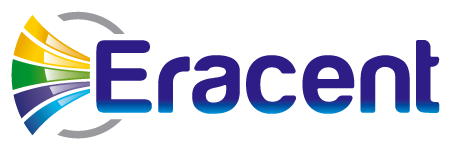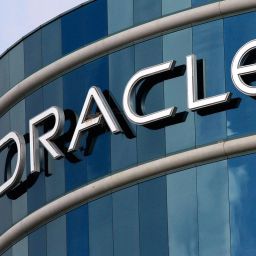Accurate, easy-to-understand recognition of all enterprise applications
Introduction
Eracent was one of the earliest providers of automated discovery and inventory of IT hardware and installed software. For over two decades, we saw many inconsistencies in the ways that publishers would identify and tag their applications with metadata. These methods – and the content that was included – varied wildly even among products from the same publisher. These inconsistencies made it impossible to aggregate this data into common analysis and reporting platforms whose results could be trusted.
The SCANMAN™ Software Recognition Process
To sort out this mess and make the data usable and effective, Eracent’s SCANMAN™ software recognition process was developed. It provides easy-to-understand identification of all installed applications on the network, regardless of platform. The SCANMAN process empowers a reliable foundation for application recognition and data normalization. Its broad coverage includes hundreds of thousands of software products and versions used by enterprises worldwide.
Applications on all major data center, desktop and mobile platforms are supported, including:
- Windows and Mac
- iOS and Android
- All flavors of UNIX
- AIX and Linux
- Solaris
- AS/400, and more.
Eracent pioneered the software application recognition process – our team has spent over two decades developing better techniques for recognizing the nuances of software products, versions, and editions.
The Power of the SCANMAN Process
SCANMAN exceeds any competitive methodology. While it utilizes executables as one means of identification like most competing solutions do, SCANMAN creates a far more comprehensive and granular “fingerprint” for each product by reviewing over 128 other file types and using a combination of these data attributes.
All discovered files are run through the SCANMAN audit file and automatically mapped to an easy to understand, “as-purchased” naming convention.
Each software product in the audit file is classified in a Software Type taxonomy, including values such as Licensable, Not Licensable, Licensable Font, Driver, Patch, Obsolete, User-Defined, and more. These classifications are useful for reporting and filtering results.
Software functions are also tracked for each product, and function types may be added and edited as needed. Example values include Database, Application Server, Reporting, Business Intelligence, End User Application, and many more.
Products that are installed as either standard or custom bundles are recognized and grouped accordingly.
The file attributes of any unrecognized applications are automatically sent to the SCANMAN team, where they are identified and added to the audit file, typically in 48 hours or less. They are added to the next daily audit file update for all Eracent customers.
The SCANMAN audit file is updated at least once daily, ensuring that Eracent users have the absolute latest available information. The software recognition process is available for ITMC Discovery™ users, as well as for any third-party discovery tool through the Eracent Data Extractors (EDEs). SCANMAN also supports recognition and reporting for homegrown/bespoke applications with an easy update process.
The SCANMAN process is included as part of each customer’s annual maintenance program.
A Powerful Data Collection and Enrichment Solution
The SCANMAN audit file, in conjunction with Eracent’s IT-Pedia® product data library that contains non-discoverable product enrichment data, provides a powerful data set. This data can be used for license management; populating and updating CMDBs and asset and service catalogs; network security and vulnerability management; establishing a common language across Procurement, ITAM, SAM and ITSM systems, and much more.
The SCANMAN audit file and IT-Pedia are tightly integrated. IT Management Center (ITMC) users who also have an optional IT-Pedia subscription can benefit from having additional product information available to them. This can include licensing details including applicable license types, license programs, product use rights and more; product End-of-Life (EOL) and End-of-Support (EOS) dates, and Product Vulnerability data as well.
To learn more about our unparalleled data collection and data enrichment solutions, contact Eracent today or visit www.eracent.com.
Eracent, Inc.
519 Easton Road, P.O. Box 647
Riegelsville, PA 18077 USA
info@eracent.com
+1- 908-537-6520
www.eracent.com





